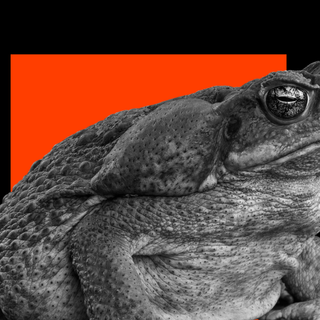The solar system we inhabit is relatively stable and has an ordered architecture. This is, however, not the case for other systems in the universe. According to new research, at least a quarter of planetary systems revolving around stars similar to the Sun have had a chaotic past. By that, scientists mean the host star has devoured its orbiting planets.
Researchers have known that stars could, sometimes, absorb the orbiting planet. Published in Nature Astronomyon Monday, the findings point out the frequency of planetary bodies being devoured due to the turbulent origins of other systems. All stars similar to the Sun have a 20% to 35% likelihood of eating their planets.
The research is interesting, for it maps the idiosyncrasies of stars and what makes the solar systems drastically different; it also sheds light on the origin of some planetary bodies. The most interesting aspect, however, is that the research aids the search for stellar systems that could potentially host Earth-like worlds.
“In the search for alien worlds that may contain life, we can narrow down the targets if we have a way to identify systems that have had similarly peaceful pasts,” Lorenzo Spina, a researcher at the Italian National Institute for Astrophysics, and one of the authors of the study, wrote in The Conversation.
The similarly peaceful past Spina refers to describes the trajectory of our solar system. The planets revolve around the Sun in almost circular paths, suggesting the orbits have not shifted or changed drastically since the planetary bodies were first formed. It is this “calm” and “quiet” history that has allowed life to flourish on Earth.
The circumstances haven’t been as favorable for other systems. Ones with a chaotic history show how often planets fall into the host star, pointing towards the relatively turbulent start to life. “The observational evidence that planetary systems can be very different from each other suggests that their dynamical histories were very diverse, probably as a result of a strong sensitivity to the initial conditions,” researchers wrote in the study.
Related on The Swaddle:
Stars Experience a ‘Midlife Crisis’ When They Become Inactive, Astronomers Say
The researchers looked at binary star systems, i.e. those containing two Sun-like stars — like Tatooine in “Star Wars.” The evidence of planets being engulfed by their host stars was established as such: rocky planets are relatively rich in elements such as silicon, titanium, and iron. Stars, on the other hand, constitute lighter materials like hydrogen, oxygen, carbon, and helium. In the event of a planet being swallowed due to disturbances, the heavy elements are spread out in the star’s outer layers; the light signatures become signs of a planet’s death.
“If a star is anomalously rich in iron but not in other elements such as carbon and oxygen, this can be interpreted as a signature of planetary engulfment,” Lorenzo Spina noted. Out of the star systems the scientists studied, 33 pairs showed high levels of iron.
The research is also a reminder of what makes the Sun unique. Most stars are born in systems with one or more systems, astronomers note, noting most of Milky Way’s stars have a companion in a binary system. This makes the Sun particularly rare for its lack of siblings; some researchers have also suggested the Sun may have a lost identical twin. The chances of the Sun devouring any planet are low, however. Researchers note the presence of heavy metals, such as those found in other stars, is minimal.
The evidence of engulfed planets and knowledge of how frequently this happens could also help scientists understands how planetary systems evolve. Perhaps, the findings could also point towards the conditions that made life possible on Earth.
The discovery thus has implications for mankind’s quest for other planetary systems that are similar to Earth. “…we now have a potential ‘upstream’ method to identify those Sun-like stars that are less likely to host Earth-like planets, which could be useful as a criterion for planet searches.”
Eric Mamajek, an astronomer at NASA’s Jet Propulsion Laboratory, who was not involved in the study, points out the importance of the findings. “This will probably end up being one of the classic papers on this subject [of exoplanets],” he told Science Mag.
In Greek mythology, titan Kronos was known to devour his own children; Kronos was also later identified with the Roman god “Saturn.” Kronos and these sun-like stars definitely have something in common.




